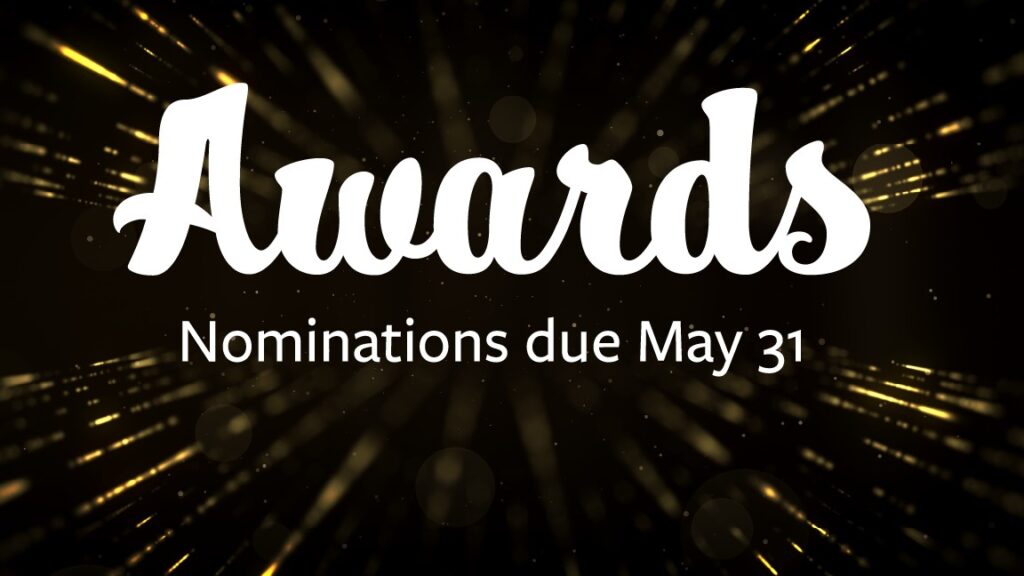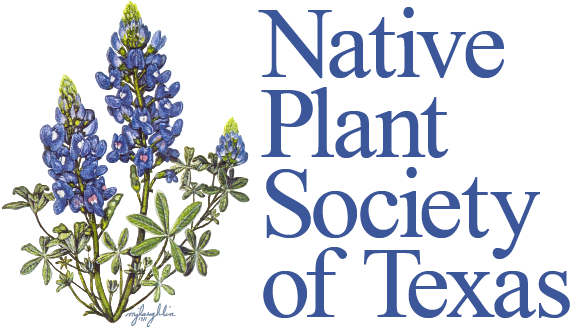
About the Awards
Each year our Society recognizes achievements of individuals and groups whose work supports our mission and enriches our understanding or appreciation of Texas native plants. Awards are presented for acts of conservation and public service, excellence in writing, horticultural achievement, lifetime achievement, and service. These awards are selected by the Awards Committee with approval by our State Board. Recipients are honored at the Awards Banquet during the Fall Symposium.
Nominations Are Open
The Awards Committee seeks input from Society members and nonmembers to identify qualified candidates for the Native Star, Digital Media and seven Memorial Awards. (Nominations for the Benny Simpson Fellows Awards and Contest Awards will be opened later this year.) Nominations can be submitted from March 1 through May 31, 2023. Details of nominee’s work are required, and photos are helpful. Complete contact information for the nominees and the submitter are required. Please ensure your candidate is in compliance with the nomination rules, qualifications, and specifics as described below.
Rules and Qualifications:
- Anyone can submit a nomination.
- Nominees need not be members of the Society, with the exception of the Shirley Lusk Memorial Award.
- Only those publications or acts published or performed within the past five years will be considered.
- Only publications that deal with native Texas flora on Texas soil, and acts of discovery, rediscovery, conservation or service, in a broad sense, shall be considered for awards.
- Publications can be books, monographs, papers, magazine articles, etc. If the publication is a paper or magazine article, it should be original or groundbreaking work.
- An award will be given only when there is justification for it. Only one award can be given in each category. An award does not need to be given in every category every year.
- No one individual, group, or organization may win more than one award in any calendar year.
- A person cannot receive an award more than once. View previous award winners here.
- Although it is encouraged, an award recipient is not required to accept an award in person at the Fall Symposium. If the award is not accepted in person, it can be mailed to the recipient or given in person to a designated substitute.
- Award recipients are expected to pay for their own transportation and lodging for the Fall Symposium. Memorial, Native Star, and Digital Media recipients may receive a complimentary Saturday registration package for themselves and banquet tickets for two.
- None of the above shall preclude the State Board from giving awards of merit, service, appreciation, etc., to members or non-members of the Society.
Submission Deadline: May 31st
Voting is open now and runs though May, 31, 2023 via the nomination form.
If you have any questions about your submission or the process, please email admin-assist@npsot.org.
